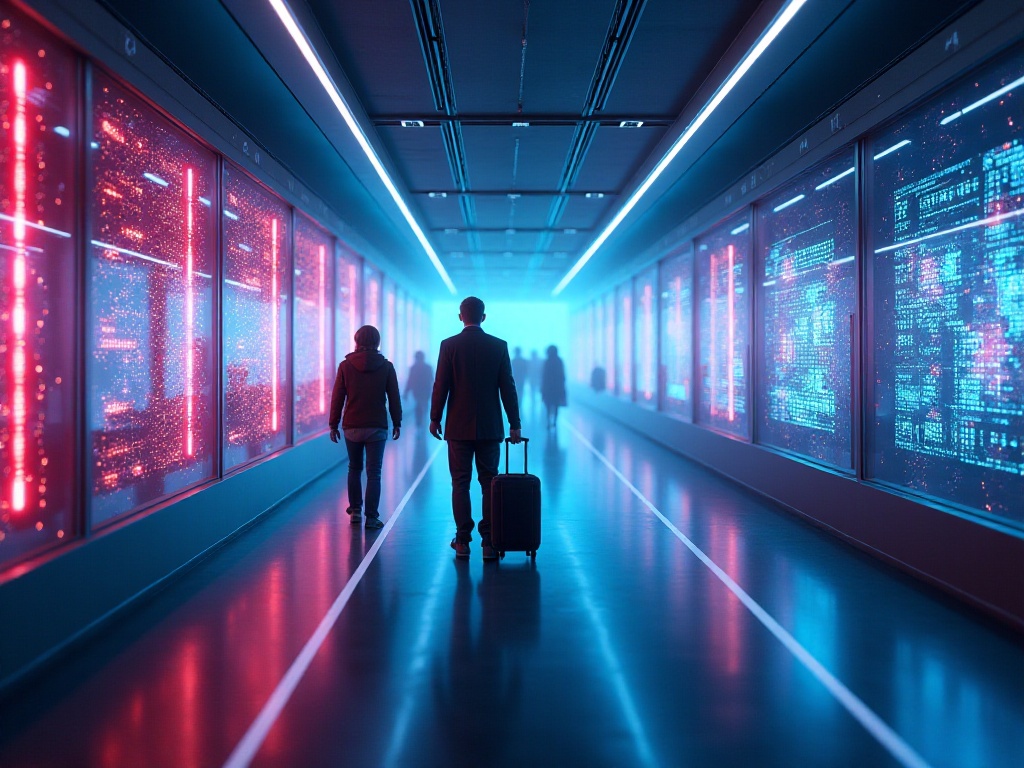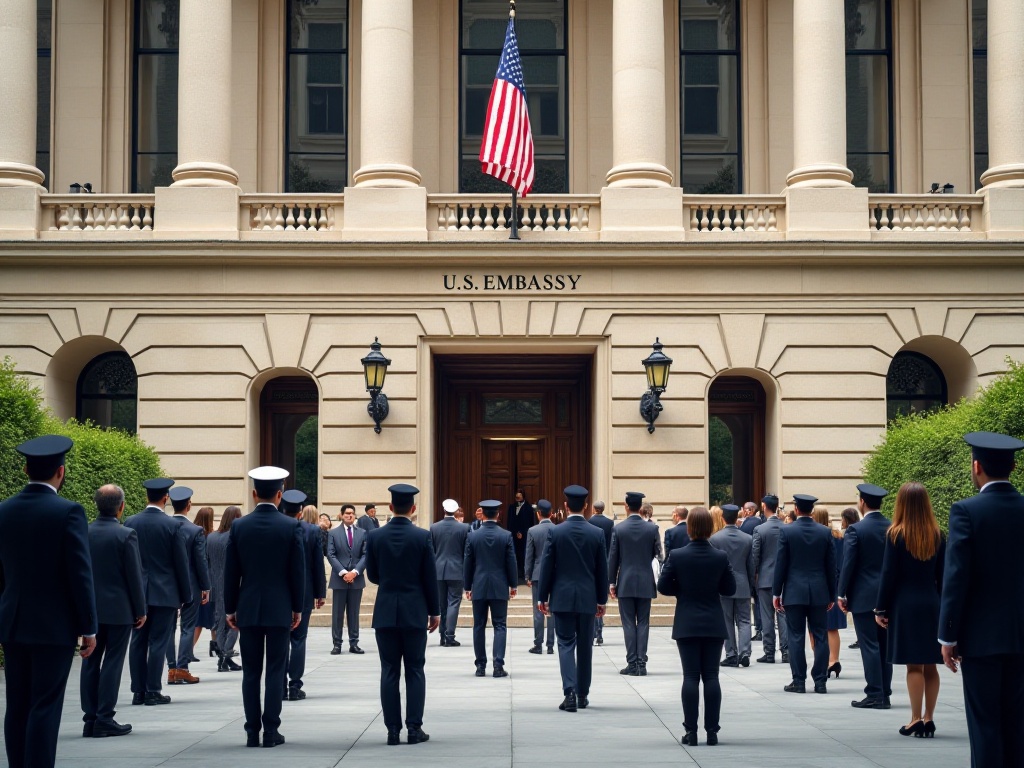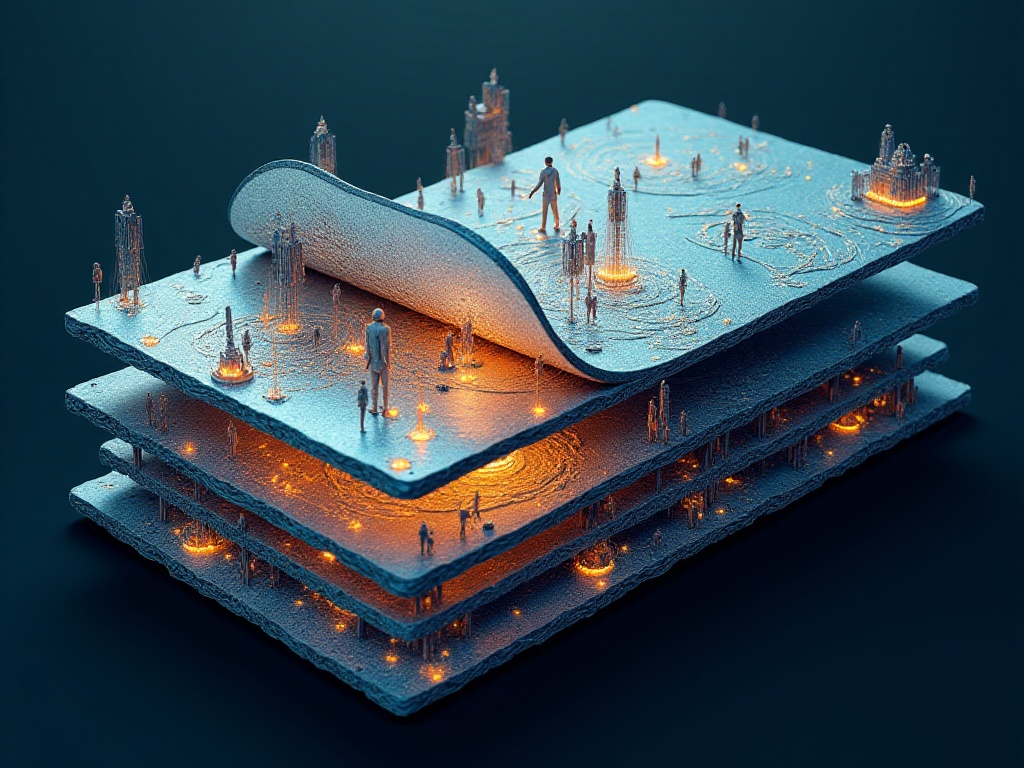Recently, my friends have been frantically discussing US visa applications, and I can't help but laugh seeing their anxiety. There's really no need to be so nervous. I just got my US visa a few months ago, and the whole process was quite smooth. Today I'd like to share my experience, hoping it can provide some reference for those preparing to apply.
First, let's talk about the crucial point of timing. From my observation, April-May and September-October are absolute "peak seasons" because there are so many people applying for study abroad and tourism visas. The waiting time for appointments can stretch to 30-45 days. One of my friends applied in May and had to wait nearly two months for the interview opportunity, driving them nearly crazy.
However, if you choose to apply between December and February of the following year, the situation is completely different. I applied in January, and the appointment waiting time was only about two weeks. Plus, fewer people visit the embassy for visa interviews in winter, making the whole process more relaxed. This timing is also perfect for preparing for summer travel.
According to statistics, during peak season, the daily interview volume at the Beijing, Shanghai, and Guangzhou consulates can reach 500-600 people, while in off-peak season it might only be 200-300 people. So choosing the right application time can really save you a lot of trouble.
When it comes to US visa types, the most common is the B1/B2 visa. Many people might wonder: why separate business and tourism? There's actually a lot of thought behind this.
The B1 visa, or business visa, is specifically for business activities. For instance, if you're going to attend a tech exhibition or meet with clients to discuss cooperation projects, these all fall under the B1 visa category. I have a friend in foreign trade who frequently uses a B1 visa to attend exhibitions in the US, and their business is now thriving. They told me that US exhibitions are very professional, and they always learn a lot and stay updated with the latest industry trends.
There was also a time when an entrepreneur I know used a B1 visa to attend a startup conference in Silicon Valley. Not only did they learn a lot about entrepreneurship, but they also met several investors and eventually secured investment. So in a way, the B1 visa is also a passport to business opportunities.
As for the B2 visa, it's purely for tourism. Whether you want to experience the hustle and bustle of Manhattan in New York, see nature's masterpiece at Yellowstone National Park, or visit friends and relatives studying in the US, you'll use a B2 visa. I have a friend who spent a month traveling from the East Coast to the West Coast with a B2 visa, treating the US like their own backyard.
Interestingly, these two visa types are usually issued together, known as the B1/B2 visa. This way, you can freely choose between business and tourism. According to statistics, over 90% of global US non-immigrant visa applications in 2023 were B1/B2 type, showing how widespread this visa is.
Moreover, B1/B2 visas are usually valid for 10 years with multiple entries, meaning you can go to the US anytime within these 10 years without worrying about visa expiration. I think this is one of the reasons why everyone wants to apply for a US visa - it's really convenient.
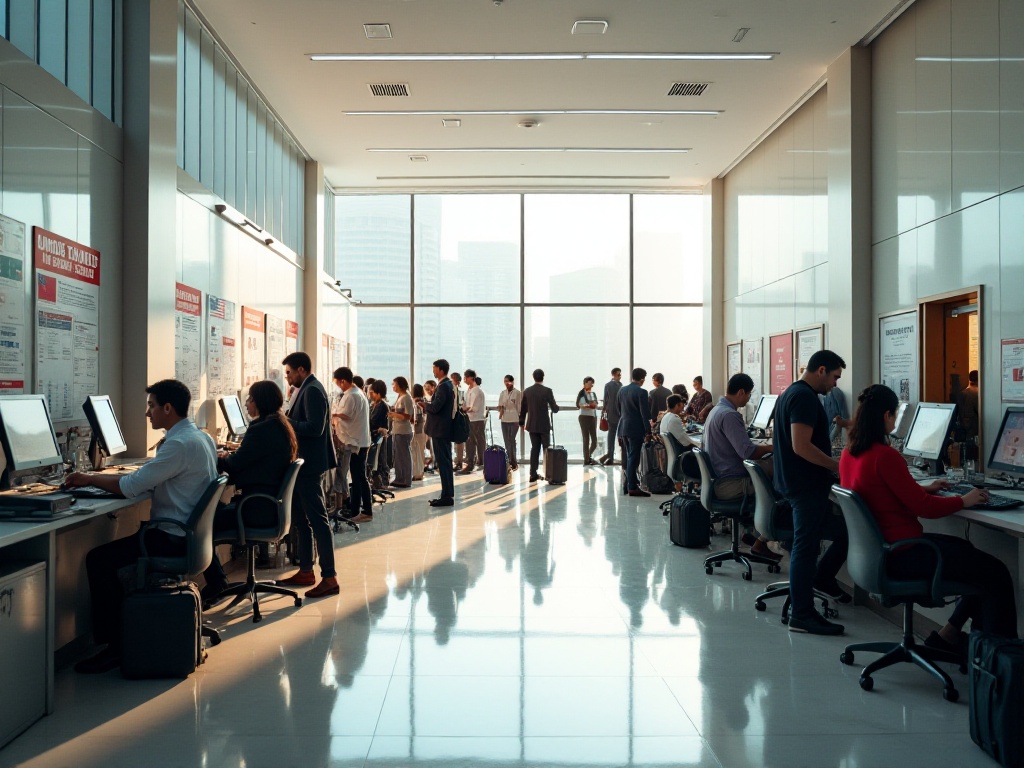
When it comes to preparing for a US visa application, filling out the DS-160 form is the most important part. To be honest, filling out this form for the first time can be really overwhelming. I remember feeling dizzy just looking at all those dense English questions the first time. However, I later discovered that it's not so scary if you're well-prepared.
First, you need to prepare basic materials like your passport, travel records for the past five years, and contact information for your US connections. Especially for travel records, I suggest organizing them in advance, listing the time, place, and purpose of each foreign trip clearly. I made an Excel spreadsheet at the time, organizing all this information, which made it easy to copy and paste when filling out the form.
Then there's the photo requirement. US visa photo requirements are very strict - it must be a color photo with a white background taken within 6 months, sized 5×5 centimeters. It requires a full facial profile, no glasses, and a natural expression. I recommend going to a specialized visa photo studio. Although it might cost a few dozen more yuan, it ensures the photo meets the requirements and prevents rejection due to photo issues.
There are many details to note in the DS-160 form. For example, the social media account section is now mandatory. I know many people worry that filling this out will affect their visa application, but there's no need to worry. Visa officers mainly want to understand your social media usage, and as long as your regular posts are normal, there won't be any problems.
[Subsequent content will continue in the next section due to length limitations]
 Previous
Previous
